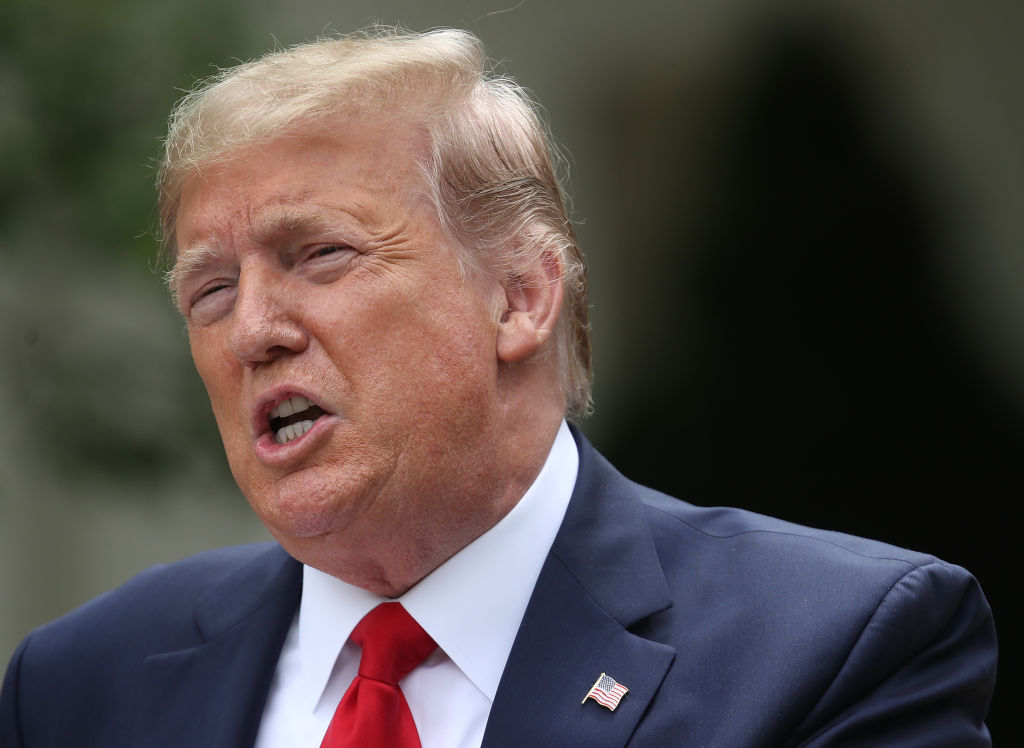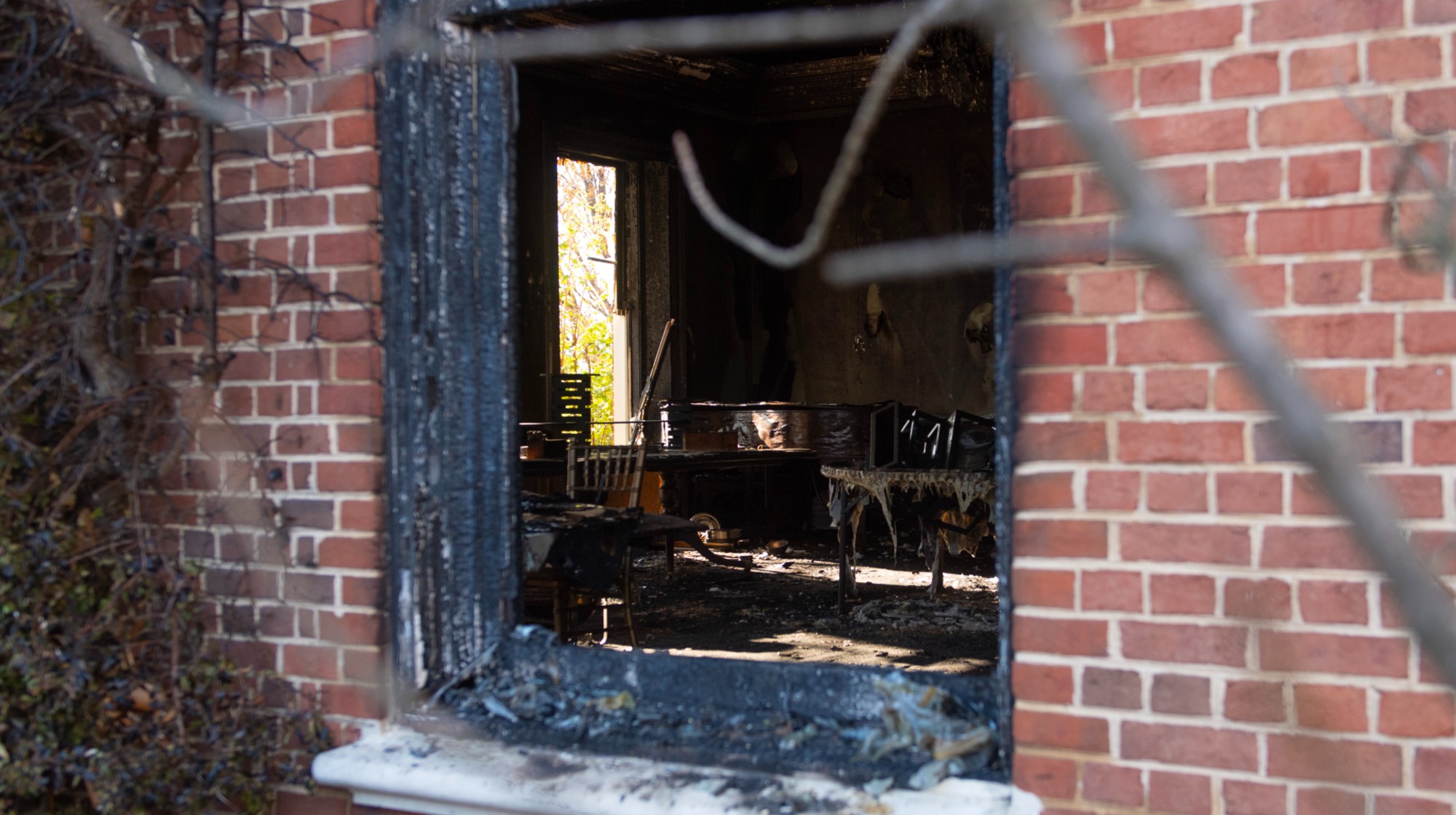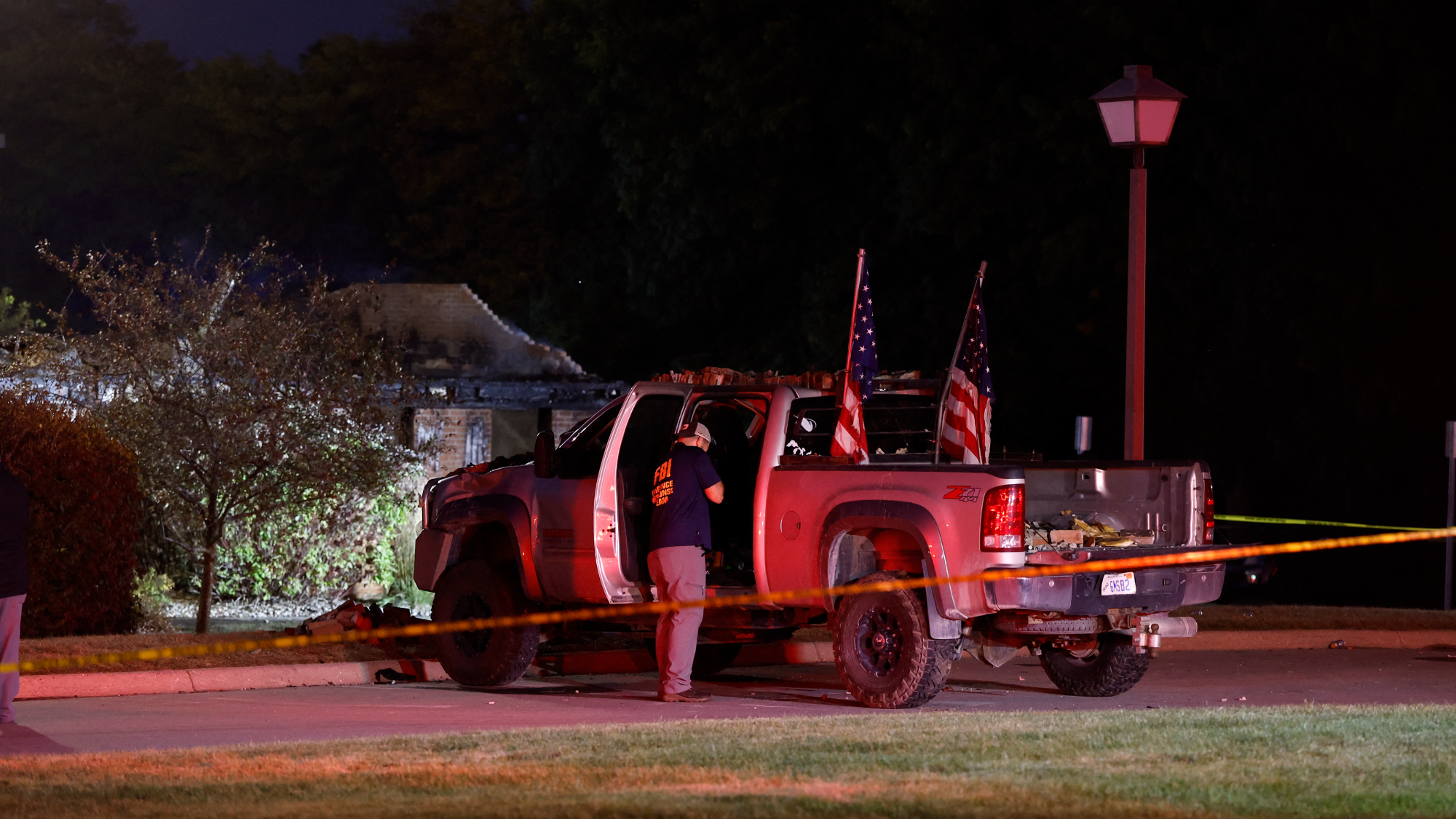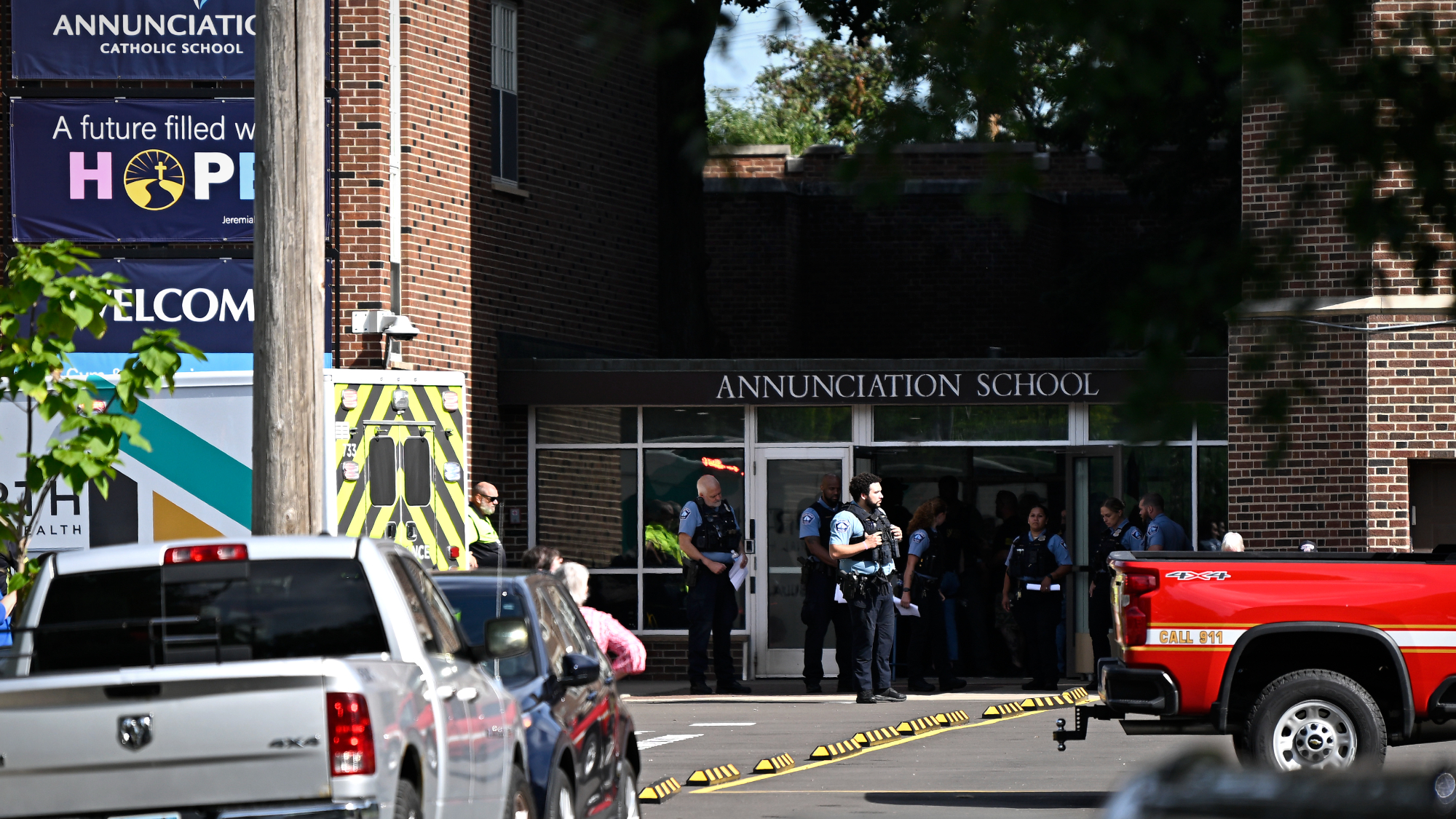George Floyd's brother says Trump's sympathy call was 'fast' and one-sided


President Trump has responded to the police killing of George Floyd, an unarmed 46-year-old black man in Minneapolis, with a mixture of inflammatory tweets, silence, and verbal sympathy. In Florida on Saturday, for example, Trump called Floyd's death "a grave tragedy" that "never should have happened" and "has filled Americans all over the country with horror, anger, and grief."
Even as Trump's advisers privately complained that his tweets "were pouring fuel on an already incendiary situation," his "aides were disappointed that the remarks, delivered late Saturday afternoon as part of a speech otherwise celebrating the triumph of the space program, did not get wider attention," The New York Times reports. "In the speech, Mr. Trump repeated his calls for law and order, but in more measured terms and leavened by expressions of sympathy for Mr. Floyd's family, whom he had called to offer condolences."
The call did not go well, Floyd's brother, Philonise Floyd, told MSNBC on Saturday evening. "It was so fast, he didn't give me the opportunity to even speak," Floyd said. "It was hard. I was trying to talk to him, but he just kept, like, pushing me off, like: 'I don't want to hear what you're talking about.' And I just told him I want justice. I said that I couldn't believe that they committed a modern-day lynching in broad daylight. I can't stand for that. I can't. And it hurt me."
The Week
Escape your echo chamber. Get the facts behind the news, plus analysis from multiple perspectives.

Sign up for The Week's Free Newsletters
From our morning news briefing to a weekly Good News Newsletter, get the best of The Week delivered directly to your inbox.
From our morning news briefing to a weekly Good News Newsletter, get the best of The Week delivered directly to your inbox.
Floyd said the family had also spoken with former Vice President Joe Biden and he delivered the same message about wanting justice for his brother. Philonise Floyd told MSNBC he wants the death penalty for all four police officers involved in his brother's death. You can watch the interview at MSNBC.
A free daily email with the biggest news stories of the day – and the best features from TheWeek.com
Peter has worked as a news and culture writer and editor at The Week since the site's launch in 2008. He covers politics, world affairs, religion and cultural currents. His journalism career began as a copy editor at a financial newswire and has included editorial positions at The New York Times Magazine, Facts on File, and Oregon State University.
-
 Exploring ancient forests on three continents
Exploring ancient forests on three continentsThe Week Recommends Reconnecting with historic nature across the world
-
 How oil tankers have been weaponised
How oil tankers have been weaponisedThe Explainer The seizure of a Russian tanker in the Atlantic last week has drawn attention to the country’s clandestine shipping network
-
 The rise of the spymaster: a ‘tectonic shift’ in Ukraine’s politics
The rise of the spymaster: a ‘tectonic shift’ in Ukraine’s politicsIn the Spotlight President Zelenskyy’s new chief of staff, former head of military intelligence Kyrylo Budanov, is widely viewed as a potential successor
-
 Sole suspect in Brown, MIT shootings found dead
Sole suspect in Brown, MIT shootings found deadSpeed Read The mass shooting suspect, a former Brown grad student, died of self-inflicted gunshot wounds
-
 France makes first arrests in Louvre jewels heist
France makes first arrests in Louvre jewels heistSpeed Read Two suspects were arrested in connection with the daytime theft of royal jewels from the museum
-
 Trump pardons crypto titan who enriched family
Trump pardons crypto titan who enriched familySpeed Read Binance founder Changpeng Zhao pleaded guilty in 2023 to enabling money laundering while CEO of the cryptocurrency exchange
-
 Thieves nab French crown jewels from Louvre
Thieves nab French crown jewels from LouvreSpeed Read A gang of thieves stole 19th century royal jewels from the Paris museum’s Galerie d’Apollon
-
 Arsonist who attacked Shapiro gets 25-50 years
Arsonist who attacked Shapiro gets 25-50 yearsSpeed Read Cody Balmer broke into the Pennsylvania governor’s mansion and tried to burn it down
-
 Man charged over LA’s deadly Palisades Fire
Man charged over LA’s deadly Palisades Firespeed read 29-year-old Jonathan Rinderknecht has been arrested in connection with the fire that killed 12 people
-
 4 dead in shooting, arson attack in Michigan church
4 dead in shooting, arson attack in Michigan churchSpeed Read A gunman drove a pickup truck into a Mormon church where he shot at congregants and then set the building on fire
-
 2 kids killed in shooting at Catholic school mass
2 kids killed in shooting at Catholic school massSpeed Read 17 others were wounded during a morning mass at the Annunciation Catholic School in Minneapolis
